For heat-infused kitchen success, you'll want to start with double-walled stainless steel containers like the Thermos Stainless King, known for maintaining food temperatures above 140°F for 6+ hours. Consider copper-lined vessels for superior heat conductivity, or vacuum-sealed options with pressure-release valves for precise temperature control. Small-diameter containers with LocknLock's 4-hinge system offer excellent heat retention, while moisture-locking food jars with BPA-free seals guarantee freshness. Other top performers include solar-ready insulated vessels, airtight thermal storage options, and snap-lock solutions. Your perfect vessel awaits in our extensive breakdown of innovative features and proven performers.
Double-Walled Stainless Steel Champions
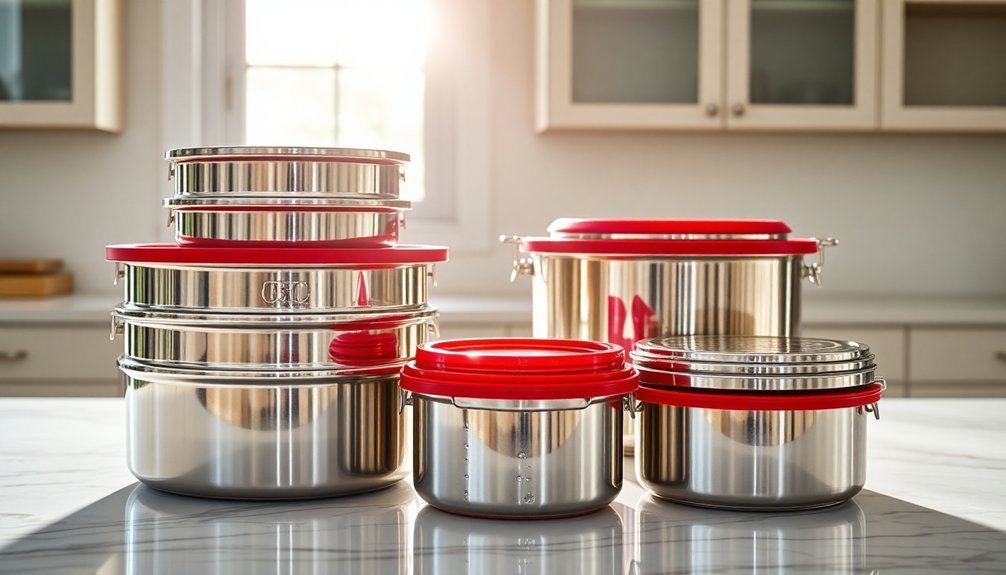
When it comes to keeping your meals at the perfect temperature, double-walled stainless steel containers stand out as the ultimate kitchen champions.
You'll find these vessels maintain your food's temperature for up to 6 hours, making them perfect for both hot lunches and cold snacks.
Crafted from premium 18/10 food-grade stainless steel, these containers aren't just durable – they're also completely safe, with no BPA or toxic leaching to worry about. Made with exceptional quality in South Korean factories, these vessels represent the pinnacle of craftsmanship.
You'll appreciate their airtight, leakproof design featuring food-grade silicone seals that prevent spills during transport. The self-latching tops guarantee your meals stay secure.
You can easily clean these containers in the dishwasher, and while they're not microwave-safe, you can use the base in your oven.
Plus, you'll love the convenient carrying strap for hassle-free transport.
Copper-Lined Solar Heat Warriors
Your copper-lined vessels stand ready as unmatched thermal warriors, wielding maximum heat control through their superior conductivity and precise temperature retention.
You'll notice the enhanced heat transfer properties allow for rapid, even heating across the cooking surface while maintaining consistent temperatures throughout your culinary endeavors.
The remarkable durability of copper lining, paired with its exceptional heat distribution, makes these vessels indispensable for achieving professional-grade cooking results in your kitchen. Similar to vacuum tube collectors, these vessels provide superior insulation properties that significantly minimize heat loss during cooking.
Copper's Maximum Heat Control
While many kitchen materials struggle with temperature regulation, copper vessels stand as the undisputed champions of heat control. They'll respond instantly to temperature changes, giving you precise command over your cooking process.
Dating back over 10,000 years ago, copper's exceptional thermal properties have made it a preferred choice for cooking vessels across ancient civilizations.
The material's superior heat distribution eliminates hotspots, ensuring your food cooks evenly every time.
Your copper cookware's heat mastery delivers these key advantages:
- You'll need only medium to low heat settings, saving energy and preventing food from burning.
- The thick copper construction maintains consistent temperatures throughout the cooking surface.
- You'll achieve perfect results with delicate dishes like sauces and melted sugar.
- The lined surface prevents harmful reactions while maintaining copper's excellent conductivity.
These features make copper vessels indispensable for achieving professional-level cooking results in your kitchen.
Enhanced Thermal Transfer Properties
Thermal conductivity champions like copper-lined vessels excel at transferring and maintaining heat with unmatched precision.
You'll find copper's conductivity rating of 385 W/m·K makes it twice as effective as aluminum, ensuring your food heats evenly and efficiently. The thick walls prevent hot spots while distributing heat uniformly throughout your cooking surface.
When you're investing in copper-lined vessels, you're getting durability that lasts. Their corrosion-resistant properties mean you won't need frequent replacements, and they'll maintain peak performance even with regular use.
The material's versatility allows manufacturers to create ideal thickness variations for different cooking needs. Plus, copper's natural antimicrobial properties keep your cooking environment hygienic.
Whether you're simmering delicate sauces or creating complex reductions, these vessels deliver consistent, professional-grade results every time.
Durability Meets Temperature Retention
When durability meets cutting-edge insulation, copper-lined vessels showcase their true potential as temperature retention champions.
These robust containers feature double-wall vacuum insulation with an integrated copper layer that's built to last through countless uses while maintaining peak beverage temperatures.
You'll appreciate these key advantages:
- High-quality stainless steel construction resists dents, scratches, and corrosion, ensuring your vessel stays in prime condition.
- Double-wall vacuum insulation with copper lining keeps drinks at their ideal temperature for hours.
- Versatile design handles both hot and cold beverages without compromising performance.
- Minimal maintenance requirements paired with long-lasting durability make these vessels a smart investment.
Whether you're storing steaming coffee or ice-cold smoothies, these vessels deliver consistent temperature retention while standing up to daily wear and tear.
Vacuum-Sealed Temperature Masters
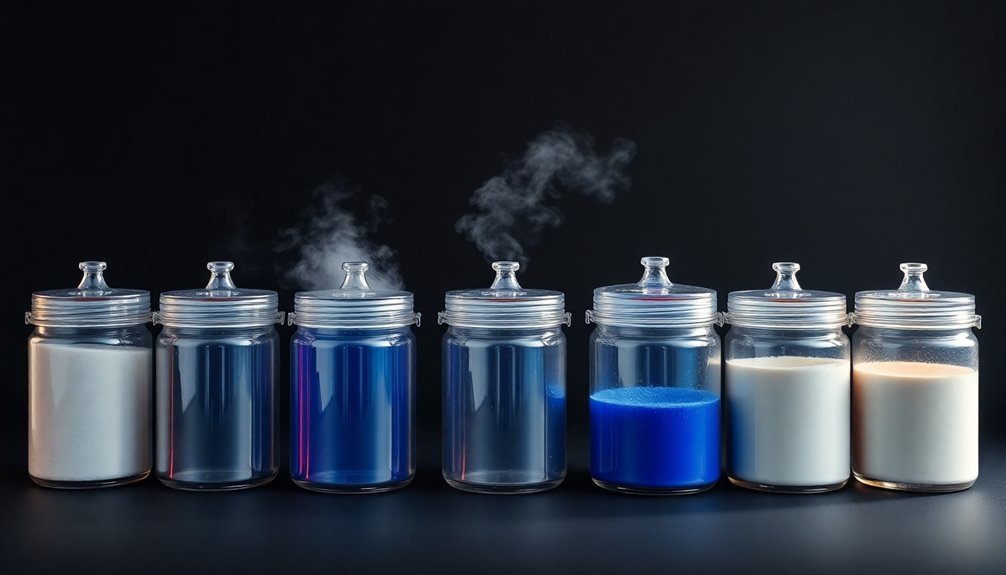
Since temperature control plays an essential role in vacuum sealing, understanding the relationship between heat and pressure can make or break your culinary success. You'll need to maintain core temperatures at 41ºF or below before sealing to prevent unwanted liquid boiling inside your bags.
| Temperature Point | Ideal Use |
|---|---|
| Below 41ºF | Initial sealing temperature |
| 55°C | Medium rare filet mignon |
| 65°C | Medium proteins |
| 72°C | Well-done poultry |
| 79°C | Well-done short ribs |
Your vacuum-sealed bags will conform perfectly to your food's shape, creating perfect heat transfer conditions during cooking. You'll preserve nutrients and flavors while achieving consistent results every time. Remember to leave adequate space for aromatics and avoid overfilling bags. With proper temperature management, you'll master the art of vacuum-sealed cooking, ensuring tender, flavorful dishes that retain their moisture.
Small Diameter Heat Keepers
Beyond vacuum sealing, mastering heat distribution can elevate your cooking to new heights. Small diameter heat diffusers are essential tools for maintaining consistent temperatures, especially when you're working with delicate sauces or preventing scorching in smaller pots.
For ideal results with small diameter heat keepers, consider these key factors:
- Choose cast iron or high-quality stainless steel diffusers around 7 inches in diameter to match your sauce pans.
- Look for models with removable handles for easy storage and safe handling.
- Select thicker materials that provide superior heat distribution and prevent hot spots.
- Consider Italian-made cast iron options, known for exceptional craftsmanship.
You'll find these compact heat keepers particularly useful for slow simmering and protecting your valuable cookware from warping, while their size makes them perfect for everyday cooking tasks.
Leakproof Lid Innovations
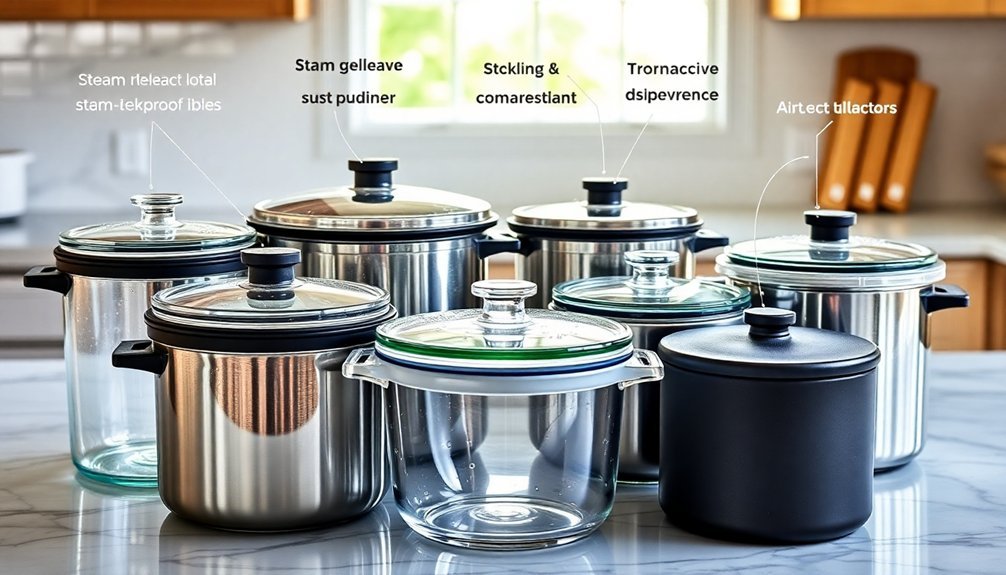
As food storage technology advances, leakproof lid designs have revolutionized kitchen storage with innovative sealing mechanisms and durable materials.
You'll find cutting-edge features like LocknLock's 4-hinge locking system that creates an airtight seal, and smart steam vents in Guzzini STORE&MORE containers that prevent pressure buildup during reheating.
The latest lid innovations combine durability with user-friendly designs.
You can choose from flexible edge lids that resist cracking, silicone seals with easy-press buttons, or snap-closure mechanisms that lock in freshness.
Many modern containers feature borosilicate glass bodies paired with stainless steel or BPA-free plastic lids, ensuring both safety and longevity.
These advanced designs have proven their worth in rigorous testing, with some lids lasting up to 3 million uses.
Moisture-Locking Food Jars
Modern moisture-locking food jars have transformed kitchen storage with their sophisticated sealing mechanisms and versatile designs. You'll find premium materials like natural rubber gaskets and stainless steel clamps working together to create impenetrable seals that keep your food fresh longer.
These innovative containers excel at moisture control through:
- Glass jars with rubber gaskets that create vacuum seals when cooling
- BPA-free plastic containers featuring silicone seals for leak-proof storage
- Stainless steel clamps that expel internal air and steam effectively
- Interlocking systems that guarantee secure stacking and prevent sliding
Whether you're preserving summer fruits or storing dry ingredients, today's moisture-locking jars offer exceptional versatility.
They're typically dishwasher-safe and resist stains and odors, making maintenance a breeze. You'll appreciate their wide openings for easy scooping and their stackable designs that maximize cabinet space.
Snap-Lock Container Solutions
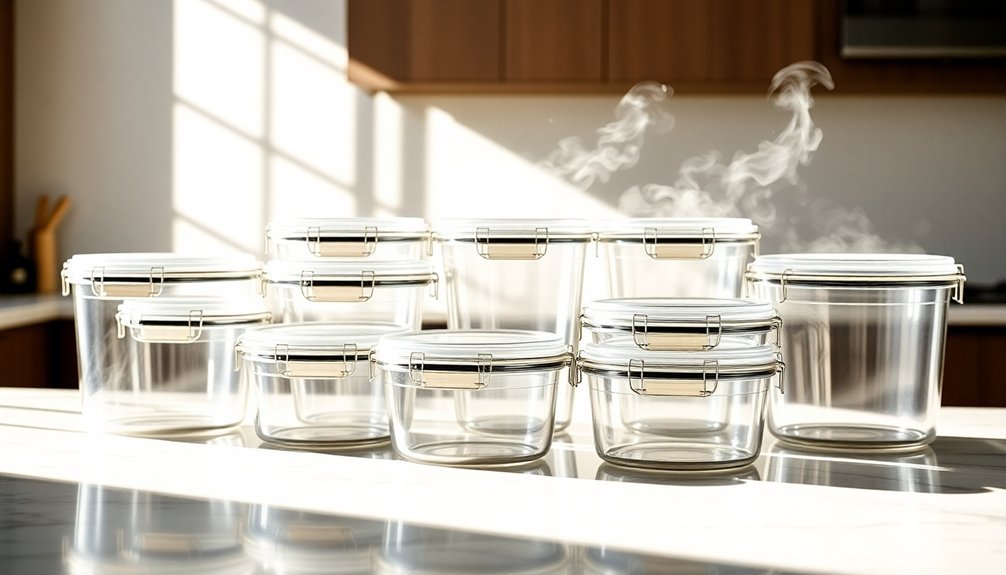
Snap-lock containers represent the next evolution in airtight food storage solutions.
You'll appreciate their durable polypropylene construction that's both FDA-compliant and BPA non-intent, ensuring your food stays fresh without harmful chemicals. These versatile containers can withstand everything from microwave heating to freezer storage while maintaining their integrity.
What sets them apart is their practical design featuring tamper-evident, child-resistant lids that protect your contents while remaining senior-friendly.
You can trust their performance during hot-filling, autoclaving, or high-pressure processing. They're also dishwasher safe for easy cleaning.
The containers nest efficiently when empty, saving valuable cabinet space, and their 100% recyclable composition means you're making an environmentally conscious choice.
For added convenience, they arrive in protective re-shipper cartons, ready for immediate use.
Solar-Ready Insulated Vessels
When choosing solar-ready vessels for your kitchen, you'll need containers that can handle direct sunlight exposure while maintaining temperature stability through UV-optimized materials.
You'll find that properly insulated vessels with heat-resistant properties up to 150°C offer the best protection for your ingredients during peak sun exposure.
Your ideal thermal charging windows typically occur between 10 AM and 2 PM, when sunlight intensity is strongest, making this the ideal time to utilize these specialized containers.
Direct Sunlight Heat Absorption
Solar-ready insulated vessels revolutionize kitchen efficiency by maximizing direct sunlight absorption while minimizing heat loss.
You'll find these vessels particularly effective with their metalized polyester foam construction and reflective surfaces that capture and retain solar energy.
- Your cooking vessel's design includes strategic wind screens and angled reflector panels that optimize sunlight capture, even during cloudy conditions.
- You can rely on these containers to maintain consistent temperatures using less than half the energy of traditional cookware.
- You're able to cook for extended periods using minimal power from solar panels, making them perfect for off-grid living.
- You'll appreciate how these vessels work effectively with both small crock pot-style cooking and larger, more powerful units.
These sustainable solutions greatly reduce your carbon footprint while delivering exceptional cooking performance in various weather conditions.
UV-Optimized Container Materials
Four essential materials combine to create UV-ideal containers that maximize solar cooking efficiency.
You'll want dark, thin metal pots with tight-fitting lids to absorb sunlight effectively, while enamel surfaces help maintain consistent cooking temperatures.
Add UV-transparent glazing like oven bags or glass covers to trap heat while letting sunlight penetrate.
For superior insulation, wrap your container with materials like crumpled newspaper, sawdust, or fiberglass batting.
This helps maintain ideal temperatures even when clouds temporarily block the sun.
Finally, incorporate reflective elements using aluminum foil, Mylar, or chrome-plated surfaces to concentrate UV rays onto your cooking vessel.
If you're using glass jars, remember to darken them to protect B vitamins and create small vent holes in the lids for steam release.
Thermal Charging Time Windows
Building upon proper container materials, understanding thermal charging time windows maximizes your solar cooking results.
Just like double-glazed windows with vacuum glass maintain stable temperatures, your solar-ready vessels need ideal heat absorption and retention periods.
For best thermal charging performance:
- Position your vessel during peak solar hours when radiation absorption is highest, similar to how PCM windows shift peak indoor heat gains.
- Account for wind conditions, as external forced convection affects your vessel's heat transfer rate.
- Choose containers with insulated channels that minimize thermal bridging – they'll maintain cooking temperatures longer.
- Monitor surface temperatures to keep them close to your target cooking range (around 25°C), just as VG systems regulate indoor temperatures.
Your vessel's efficiency depends on proper timing and environmental factors working together.
Airtight Thermal Storage Options
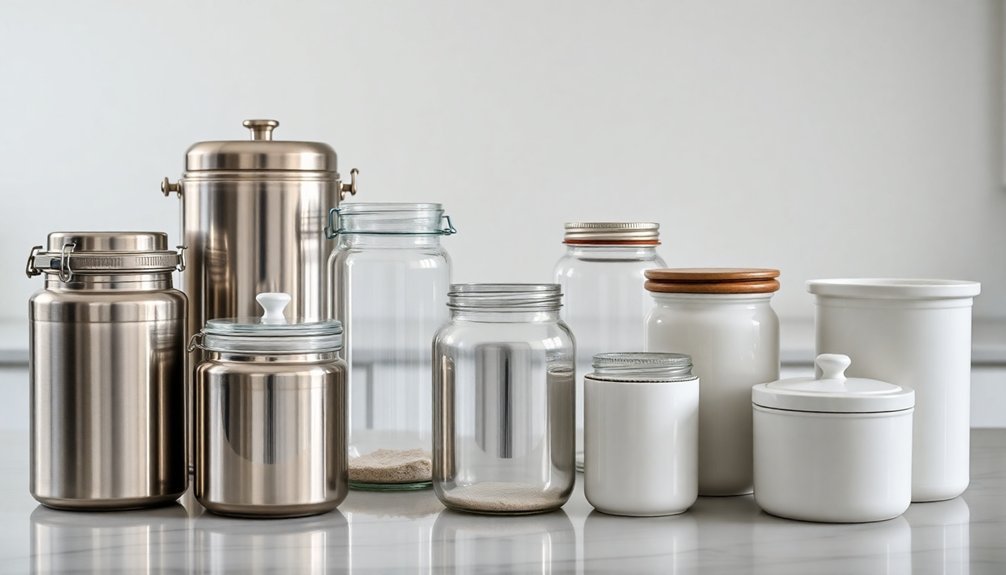
When considering airtight storage solutions, thermal properties play an essential role in preserving food quality and freshness.
You'll find that stoneware containers offer superior moisture retention while maintaining consistent temperatures for your stored items. Glass containers provide excellent thermal stability and won't react with hot foods, making them ideal for both cooling and heating scenarios.
For maximum thermal efficiency, you can opt for vacuum-sealed containers that not only regulate temperature but also extend shelf life dramatically.
These vessels create an environment where temperature fluctuations are minimized, helping preserve your food's texture and flavor. If you're storing temperature-sensitive items like coffee or spices, look for containers with UV-blocking properties.
They'll protect your ingredients from heat damage while maintaining an airtight seal that prevents moisture and air from compromising your food's quality.
Heat-Retaining Container Designs
When choosing food storage containers that keep meals at the right temperature, you'll find the insulation material makes the biggest difference in performance.
Double-walled, vacuum-sealed stainless steel vessels consistently outperform glass and plastic options, with top models maintaining food temperatures above 140°F for over five hours.
The lid's technology plays an essential role too, as features like airtight seals and pressure-release valves work together with the container's insulation to lock in heat effectively.
Insulation Materials Matter Most
Since manufacturers have perfected heat-retaining container designs, the insulation material you choose will make the biggest difference in keeping your food at the right temperature.
You'll find that modern insulation technologies offer superior performance, with foam and PIR insulation leading the way in heat retention.
Top performing insulation materials maintain food safety through:
- Double-walled construction with vacuum-sealed chambers that keep hot foods above 140°F
- Polyisocyanurate (PIR) layers ranging from 40-60mm thick for maximum thermal resistance
- Foam insulation with microscopic air pockets that greatly reduce heat transfer
- Extruded polystyrene (XPS) base layers that provide robust floor protection
When selecting your container, remember that smaller diameters often perform better due to reduced surface area for heat loss.
Stainless steel or glass materials offer the best durability for long-term use.
Lid Technology Traps Heat
Because your container's lid serves as the final barrier against heat loss, its sealing technology plays an essential role in temperature retention.
Look for lids with tight-fitting latches or quarter-turn locks that press firmly against silicone seals, creating an impenetrable barrier for both liquids and heat.
You'll want to avoid flexible slip-on lids, as they're prone to leaks and won't maintain temperature. Instead, choose designs with internal threading or lid-lock mechanisms that click firmly into place.
The best models, like the Thermos Stainless King and FEWOO thermos, feature pressure-release buttons for easy opening while maintaining their seal.
For maximum convenience, select containers with dishwasher-safe components and integrated accessories like folding spoons or bowl-shaped bases. These features guarantee you'll get the most from your heat-retaining container.
Frequently Asked Questions
Can These Containers Be Used for Fermenting Foods Like Kimchi?
You'll find these containers perfect for fermenting kimchi. They're designed with airlocks and breathing valves that release gases while maintaining an anaerobic environment, and their durable materials won't react with fermented foods.
How Do Extreme Altitudes Affect the Thermal Performance of These Vessels?
At high altitudes, you'll notice reduced heat transfer efficiency in your vessels due to lower air pressure. You'll experience slower cooking times and may need to adjust temperatures to maintain proper thermal performance.
Are These Containers Microwave-Safe When Heating Frozen Meals?
You'll need to check each container's microwave-safe label before heating frozen meals. Glass is safest, while approved plastics and silicone work too. Always guarantee proper ventilation and follow manufacturer's heating instructions.
What Happens if the Vacuum Seal Fails Over Time?
If your vacuum seal fails, you'll face food spoilage, moisture intrusion, and potential bacterial growth. You'll lose the container's airtight protection, which means stored items won't stay fresh and could become contaminated.
Can These Containers Be Safely Used for Transporting Hot Oil?
You shouldn't transport hot oil in standard airtight containers. They're not designed for safe oil transport. You'll need specialized stainless steel containers with proper temperature control and safety features to prevent accidents.
In Summary
You'll discover these airtight vessels revolutionize your cooking by maintaining precise temperatures and preserving flavors. Whether you're slow-cooking, sous vide-ing, or keeping dishes warm, these containers deliver exceptional results. From double-walled stainless steel to vacuum-sealed innovations, you're equipped to tackle any culinary challenge. Choose the vessel that matches your cooking style and enjoy consistent, professional-quality outcomes in your kitchen adventures.
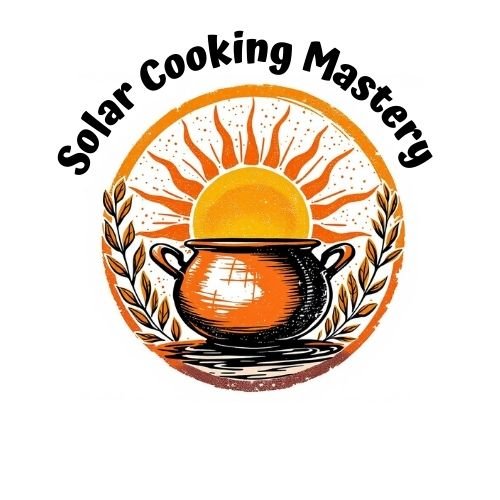
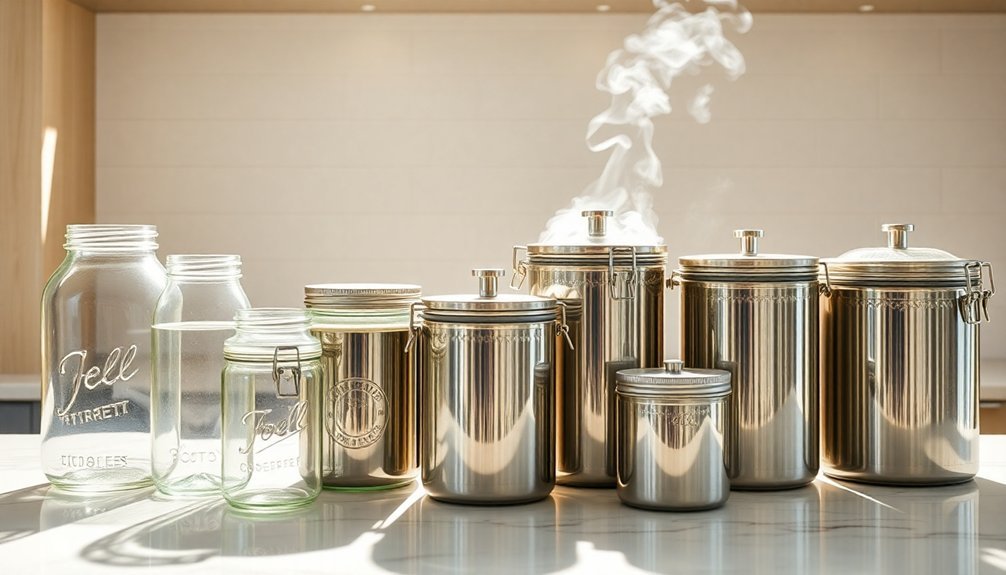
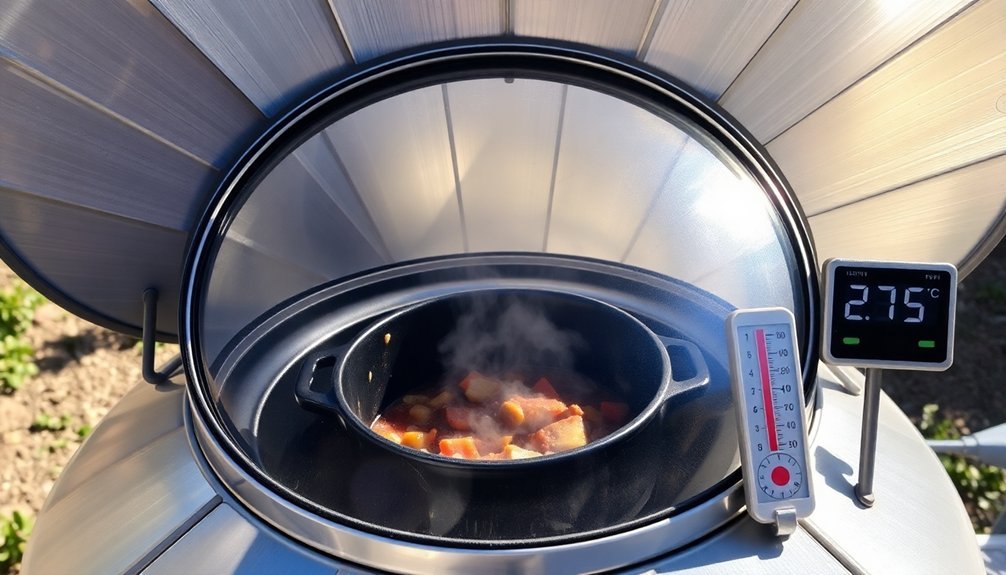
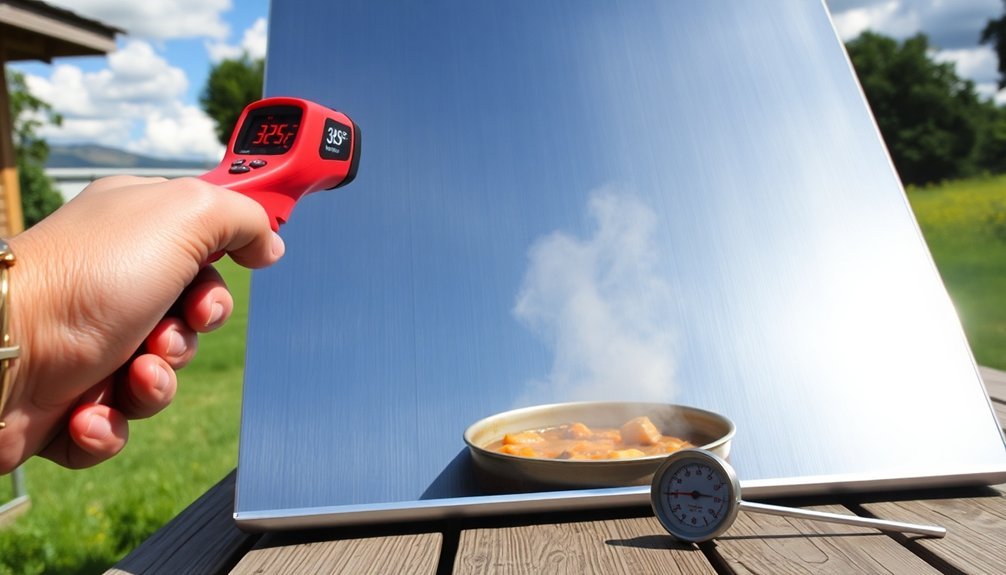
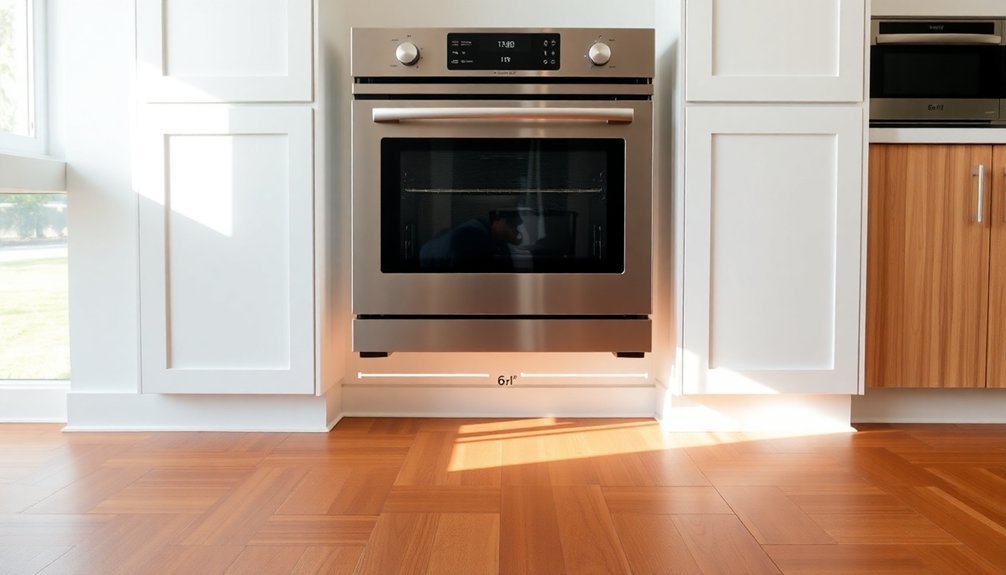
Leave a Reply